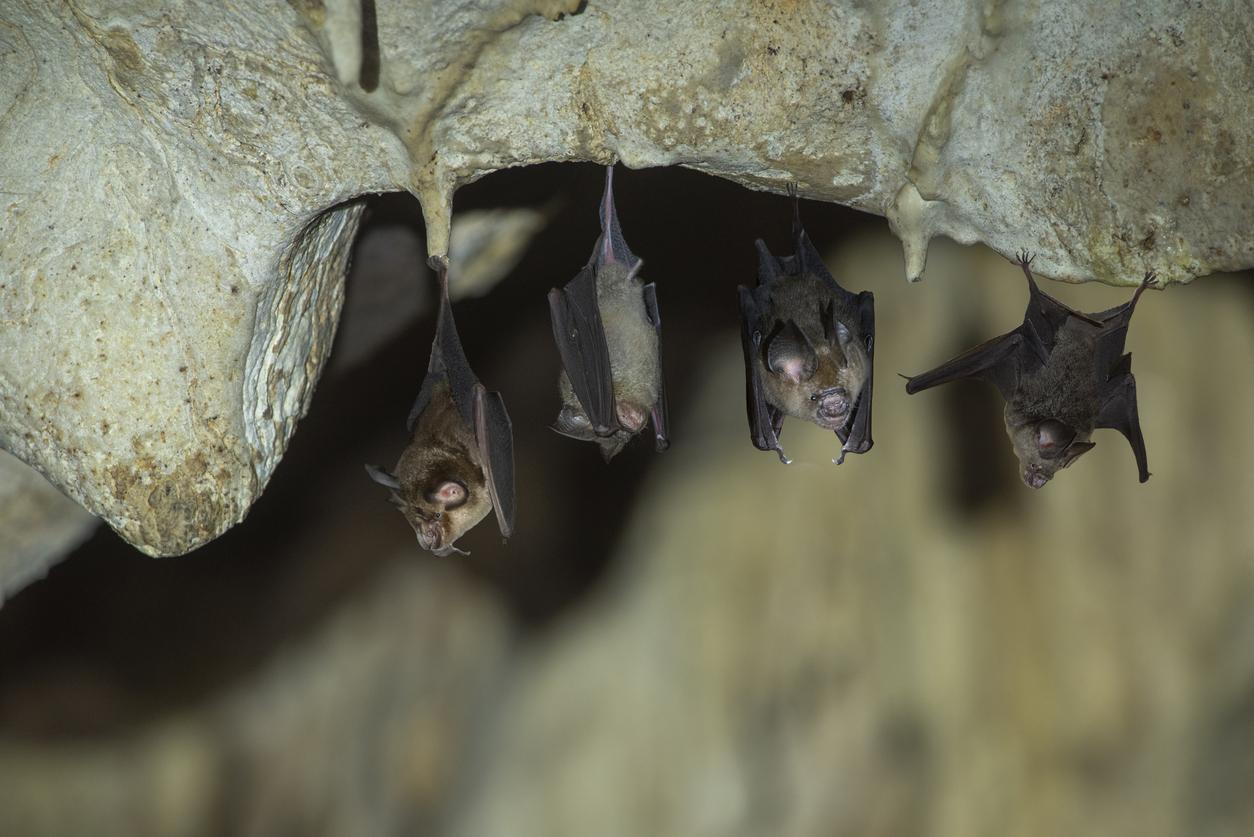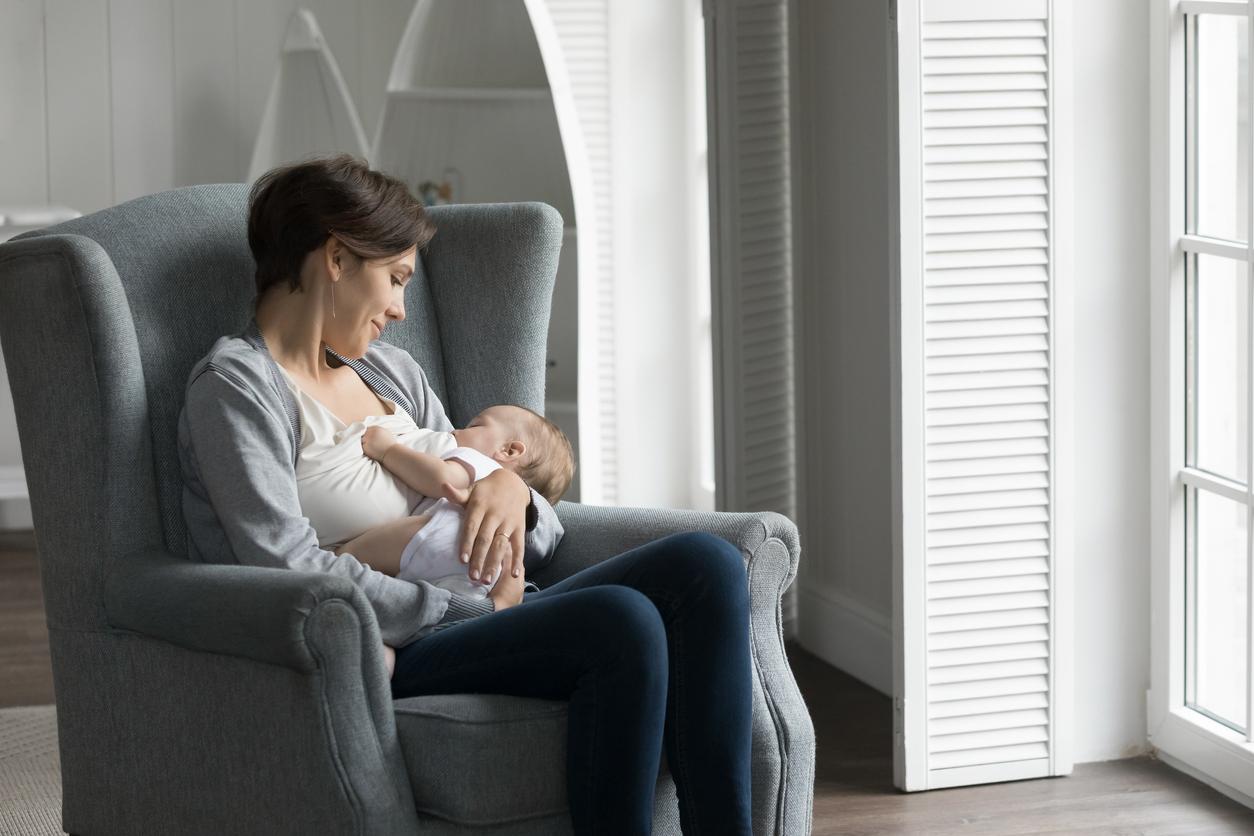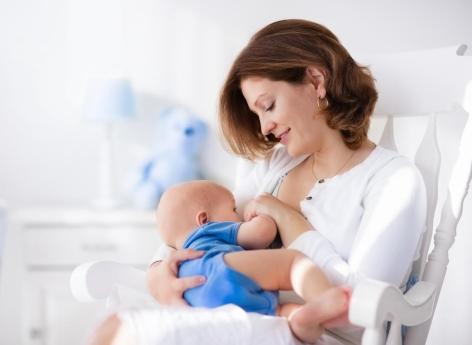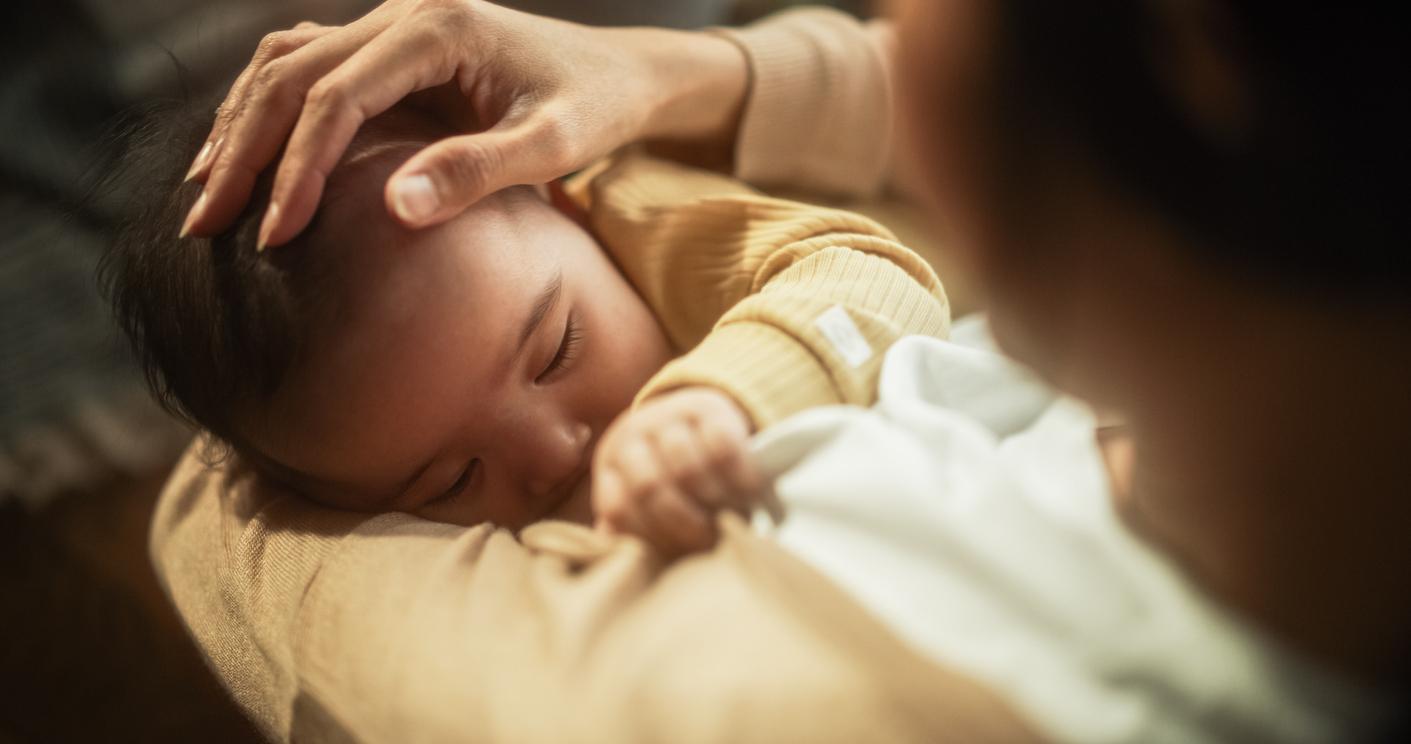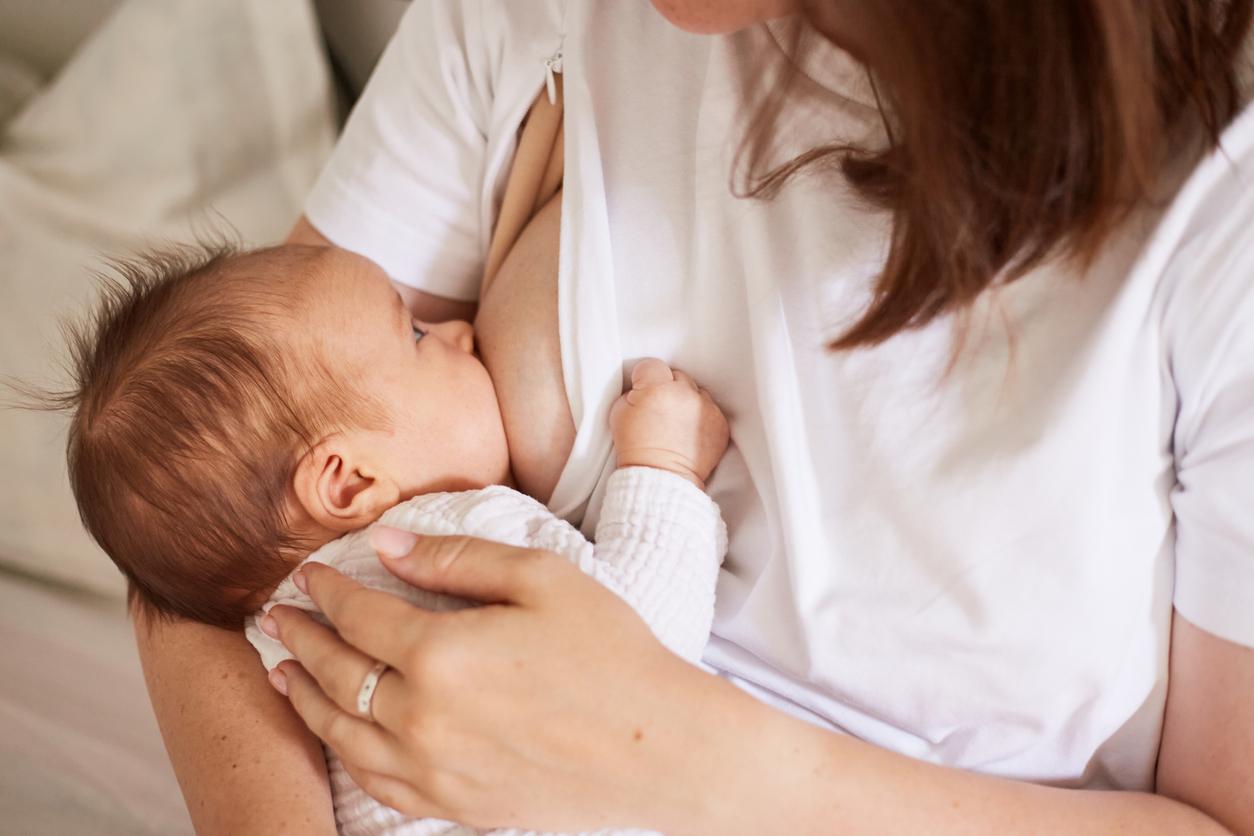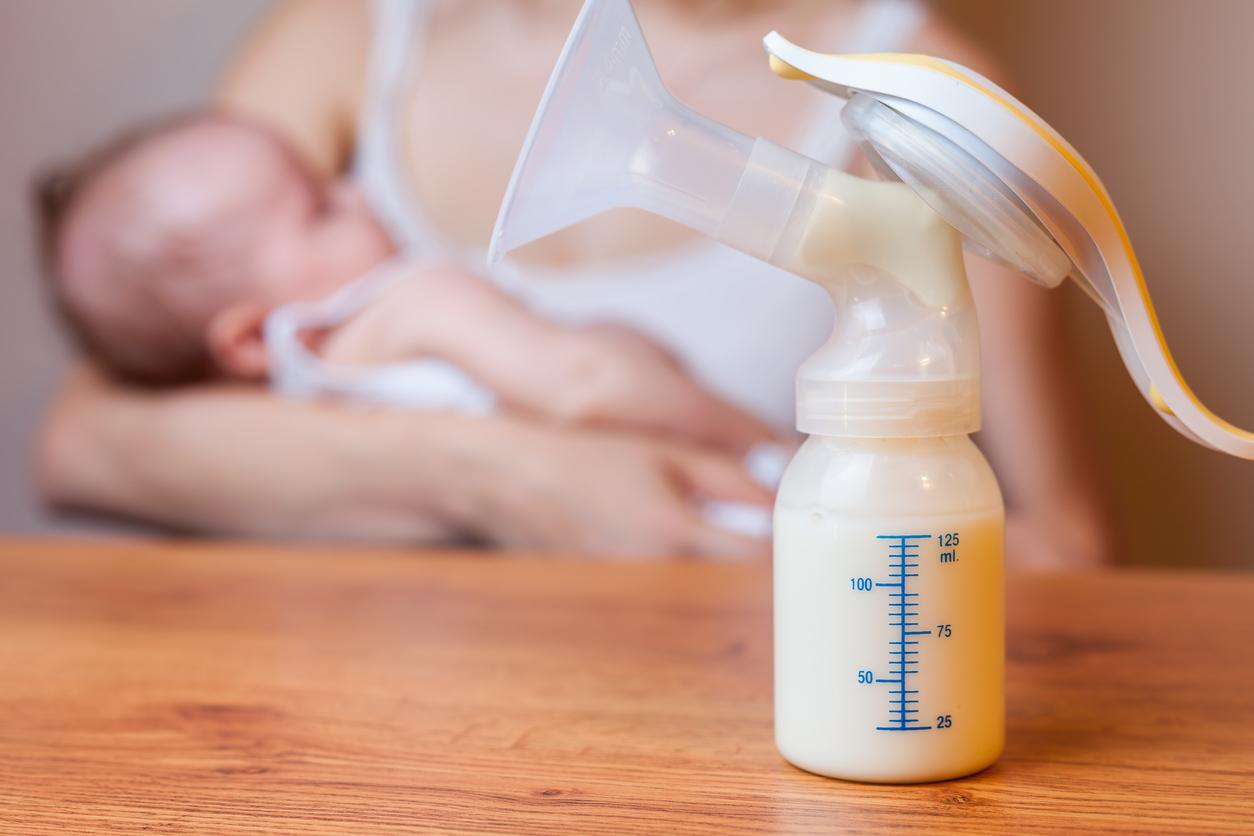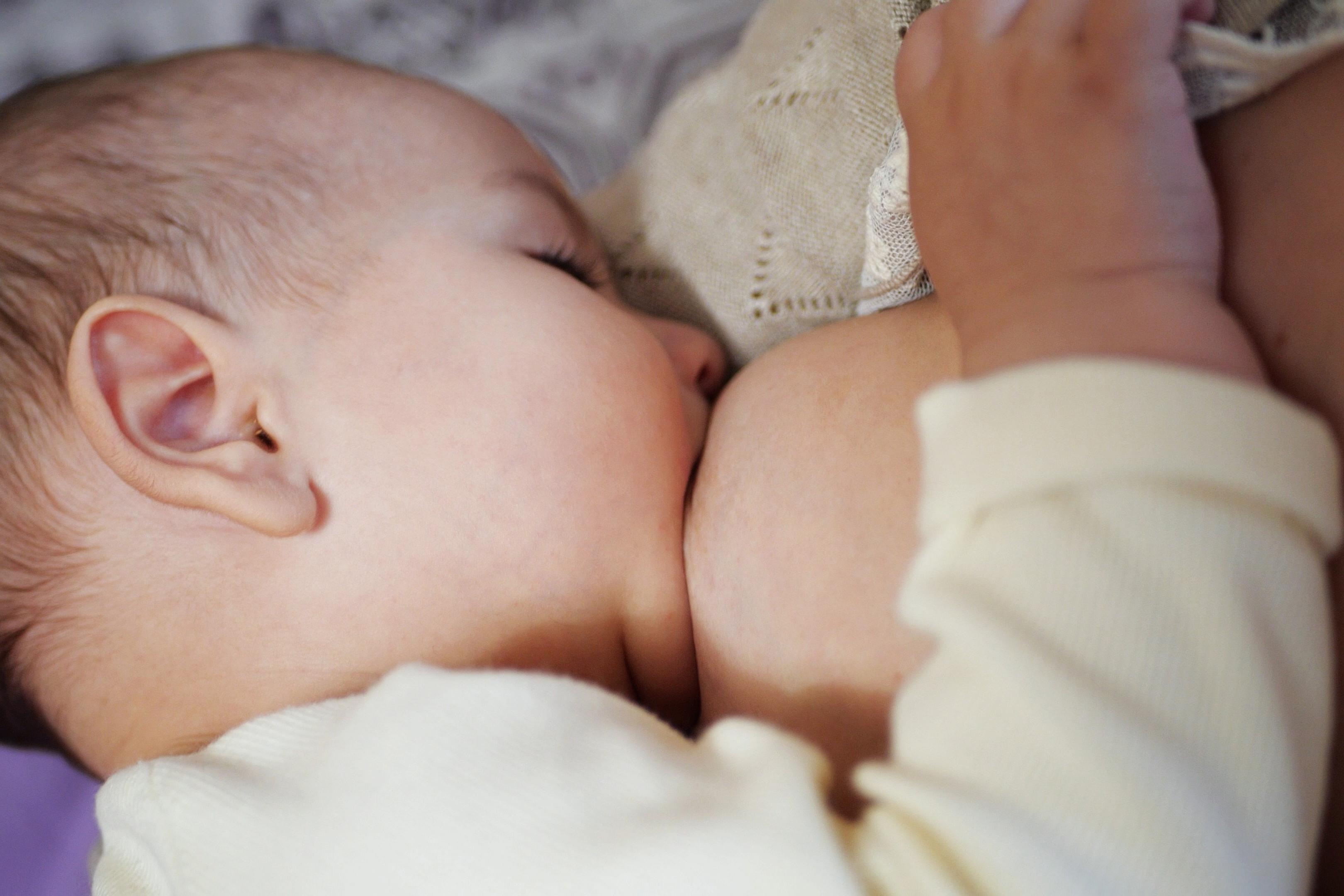Early breastfeeding is still too little practiced in developing countries. It would, however, reduce infant mortality.
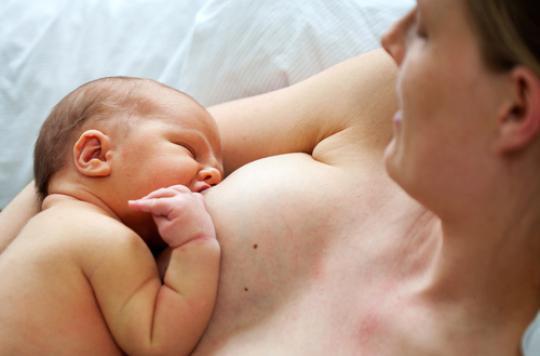
Finding the mother’s breast is a reflex for the newborn infant. Giving her a first “welcome” breastfeed is also a tradition generally offered to new mothers in French maternity hospitals. But this is not the case everywhere. As part of breastfeeding week, UNICEF warns of the dangers of not giving this first breastfeed soon after birth. One in two newborns – 77 million infants – is thus not put to the breast in their first hour of life. According to the UN agency, this deprives its newborns of essential nutrients, antibodies and physical contact with their mother, important protective factors against disease. “Making newborns wait too long for the first contact with their mother outside the womb decreases the chances of survival of infants, limits the production of breast milk and reduces the chances of exclusive breastfeeding”, adds France Bégin, counselor. for nutrition at UNICEF, contacted by Why actor.
Regarding the early breastfeeding of babies, progress can be noted, but the situation is progressing very slowly. Since 2000, the rate of early breastfeeding has increased little in sub-Saharan Africa, where under-five mortality is the highest in the world. It is even stagnating for West and Central Africa. The situation is hardly better in South Asia. Admittedly, the rate of early breastfeeding has tripled over the past fifteen years, from 16% in 2000 to 45% in 2015, but this is not enough. 21 million infants are still waiting too long to be breastfed.
Breastfeeding, a cultural practice
Surprisingly, the presence of a doctor or trained personnel during childbirth does not guarantee a better rate of early breastfeeding. In contrast, in the regions of the Middle East, North Africa and South Asia, the likelihood of starting to breastfeed a baby within an hour of giving birth is higher in women who give birth in the presence of a baby. unqualified staff or parents, reports UNICEF. However, the risk of death increases with the distance between birth and the first feeding. Between 2 and 23 hours after birth, it increases by 40%. The excess risk drops to 80% beyond twenty-four hours. In many countries, it is customary to feed babies with foods other than breast milk in the first three days of life. Formula, cow’s milk or sugar water are offered from birth to nearly one in two newborns. These are then breastfed less often.
The best of food
For France Bégin, “breast milk is a baby’s first vaccine, the first and the best protection he has against diseases. Early breastfeeding is a matter of life and death ”. Newborns represent almost half of the deaths of children under five. UNICEF recommends breastfeeding a baby exclusively from the breast for the first six months of life. Babies fed this way are fourteen times less likely to die than those who do not receive breast milk.
Even in small quantities or for a period shorter than a semester, breast milk remains very protective. Babies who do not benefit are seven times more likely to die from an infection than those who have breastfed their mother at least once. According to the association, this would save 800,000 lives each year in developing countries. The situation is different in France or in industrialized countries: babies are no longer at risk of dying from severe diarrhea or pneumonia. “UNICEF emphasizes the need for women to choose freely and to be supported in their process by the medical team, the spouse or even the employer,” recalls France Bégin. Breast milk is the best food there is to feed a baby. We want to emphasize the benefits of breastfeeding, for the child but also for the mother ”.
.







